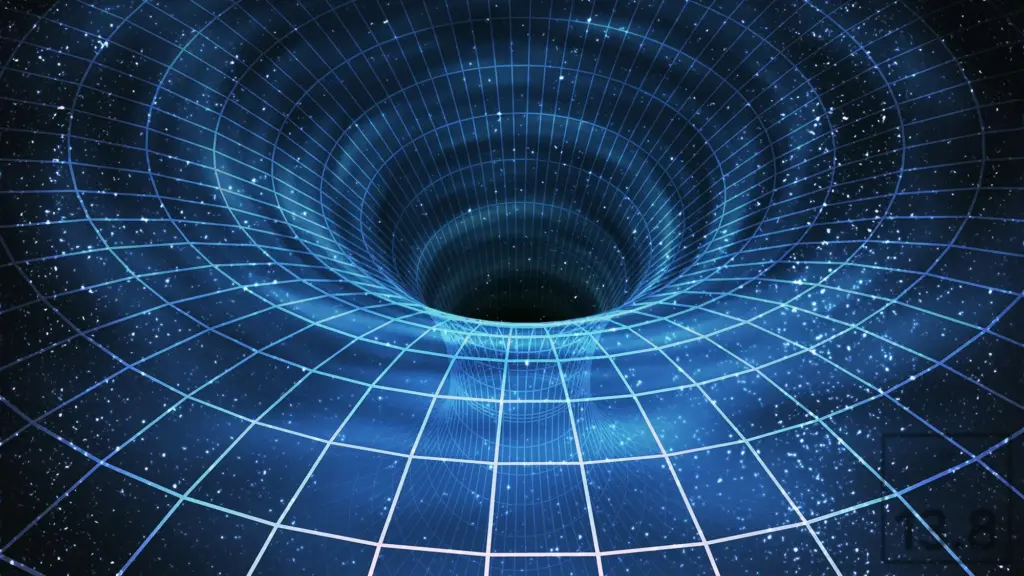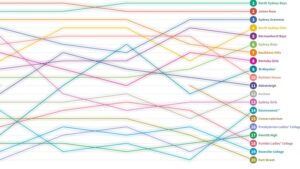
Black holes, known for their enigmatic nature, possess entropy and emit radiation—phenomena that suggest profound links between information theory and spacetime geometry. For decades, physicists have grappled with one of science’s most formidable challenges: reconciling quantum mechanics, which governs the behavior of the smallest particles, with general relativity, which describes the universe’s vast structures. While each theory excels individually, they notoriously clash when combined.
In a groundbreaking study published in Physical Review D, Professor Ginestra Bianconi of Queen Mary University of London proposes a novel approach. Her research derives gravity directly from quantum information theory, potentially unlocking the secrets of dark matter and black holes.
Gravity as Quantum Entropy
Traditionally, gravity is seen as the curvature of spacetime caused by massive objects. However, Bianconi’s theory suggests that gravity might instead originate from entropy—a measure of disorder. This innovative framework treats spacetime as a quantum system influenced by entropy. Quantum relative entropy, which measures the difference between two quantum states, reveals the disparity between the natural structure of spacetime and the geometry shaped by matter.
According to Bianconi, “This work proposes that quantum gravity has an entropic origin. Additionally, the emergent cosmological constant predicted by our model could help resolve the discrepancy between theoretical predictions and experimental observations of the universe’s expansion.”
Previous attempts to define gravity at microscopic scales often faltered. However, this entropy-based approach circumvents these challenges by utilizing familiar mathematical tools from quantum information theory. Under low energy conditions, Bianconi’s equations align closely with Einstein’s general relativity, while also predicting a small, positive cosmological constant consistent with the universe’s observed accelerated expansion.
Enter the G-Field
Central to this new model is the G-field, introduced as a mathematical construct known as a Lagrangian multiplier. This field ensures the correct interaction between spacetime geometry and matter fields, maintaining adherence to physical laws. Beyond simplifying equations, the G-field offers a potential explanation for dark matter, the elusive substance influencing galaxy motion.
“The G-field might be a candidate for dark matter,” Bianconi explains. This is significant because dark matter constitutes most of the universe’s matter, yet remains undetectable by current instruments.
The schematic representation of this theoretical framework illustrates how the metric induced by the matter field affects the manifold’s metric and vice versa. This interaction could provide new insights into dark matter’s role in galaxy formation and motion.
Bridging Quantum Mechanics and Relativity
A notable advantage of Bianconi’s approach is its seamless integration with established physics. Unlike previous attempts involving discrete models that struggled with spacetime curvature, her theory maintains Lorentz invariance—a fundamental symmetry ensuring consistent physical laws across all velocities.
The research leverages existing methods, such as the Dirac-Kähler formalism, widely used in quantum field theory. This mathematical technique effectively describes bosonic matter fields, forging a robust connection between quantum mechanics and gravity.
By employing familiar concepts from quantum information, Bianconi’s model bridges the gap between classical physics and quantum theories without necessitating entirely new mathematics. This framework avoids common pitfalls associated with discrete models of gravity.
Insights into Black Holes
One particularly fascinating aspect of this theory pertains to black holes—regions of space where gravity is so intense that even light cannot escape. Traditionally, physicists view black holes as areas where spacetime stores information at the event horizon, yet the precise mechanism remains elusive.
Since entropy is central to this new theory, researchers might finally understand how information behaves around black holes. This insight could help resolve debates like the firewall paradox, where theorists argue about the fate of information falling into a black hole.
The notion that gravity might emerge from fundamental quantum interactions rather than existing independently lends weight to this model, potentially reshaping theories about the universe’s origins and the formation of gravitational waves.
The Road Ahead
While the challenge of uniting quantum mechanics and general relativity remains complex, Professor Bianconi’s work offers fresh hope. Future research will test the model’s predictions against empirical data. If successful, physicists could revolutionize our understanding of gravity and the universe, paving the way toward answering age-old questions.
Bianconi’s theory does not merely propose gravity as another force; it suggests gravity emerges naturally from the interaction between matter and spacetime geometry through quantum entropy. This perspective shift implies that gravity is not fundamental but a consequence of deeper quantum phenomena.
Ultimately, this groundbreaking research hints at a reality where understanding gravity might hinge on our grasp of quantum information theory, opening exciting new avenues in physics.







